When it comes to photography, few things matter as much as composition. It’s the framework that holds an image together, guiding the viewer’s eyes and shaping the way they interpret a scene.
Composition in nude art photography is even more important. With clothing removed, distractions are stripped away, leaving the human body itself as the central subject. The way that body is placed in the frame — its posture, relationship to light, background, and space — determines whether the photograph feels powerful, intimate, elegant, or even unsettling. Composition, then, is one of the most important nude photography techniques to master.
For many photographers, mastering composition in nude photography is the difference between a snapshot and a work of art. It’s about moving beyond simply capturing a body to crafting an image that tells a story, conveys an emotion, and leaves a lasting impression.
In this guide, we’ll explore the key principles of composition in nude art photography, from the fundamentals like balance and leading lines to advanced techniques like rhythm, abstraction, and symbolism. Along the way, we’ll also touch on ethical considerations, editing tips, and case studies of master photographers who turned composition into their signature language.
Table of Contents
- Understanding Composition in Nude Photography
- The Fundamentals of Visual Composition
- The Human Form as a Compositional Element
- Perspective and Camera Angles
- Light and Shadow as Compositional Tools
- Composition in Nude Art Photography: Backgrounds, Props, and Environment
- Advanced Techniques: Rhythm, Repetition, and Abstraction
- Symbolism and Emotional Composition
- Ethical Considerations in Compositional Choices
- Composition in Nude Art Photography: Post-Processing and Refinement
- Case Studies and Inspiration
- The Invisible Language of Nude Art Photography
- Frequently Asked Questions
Understanding Composition in Nude Art Photography

Photo by Kazanovskyi Andrii via Shutterstock
So what exactly do we mean when we talk about “composition”? In photography, composition refers to the deliberate arrangement of elements within the frame. It’s about where you place the subject, how you use negative space, how light and shadow interact, and how the viewer’s eye moves through the image.
In nude art photography, composition carries particular weight because the body itself is the dominant element. Without clothing, jewelry, or fashion accessories, the photographer has fewer tools to lean on. Every line, curve, and shadow matters more. An unintentional crop, an awkward limb placement, or a cluttered background can pull the viewer away from the intended story.
This is why intentional composition is essential. Beginners often rely on instinct alone, but to create truly impactful nude photographs, you need to make conscious choices. Do you want the subject to appear powerful? Vulnerable? Isolated? Confident? Composition is how you communicate those qualities without words.
The Fundamentals of Visual Composition
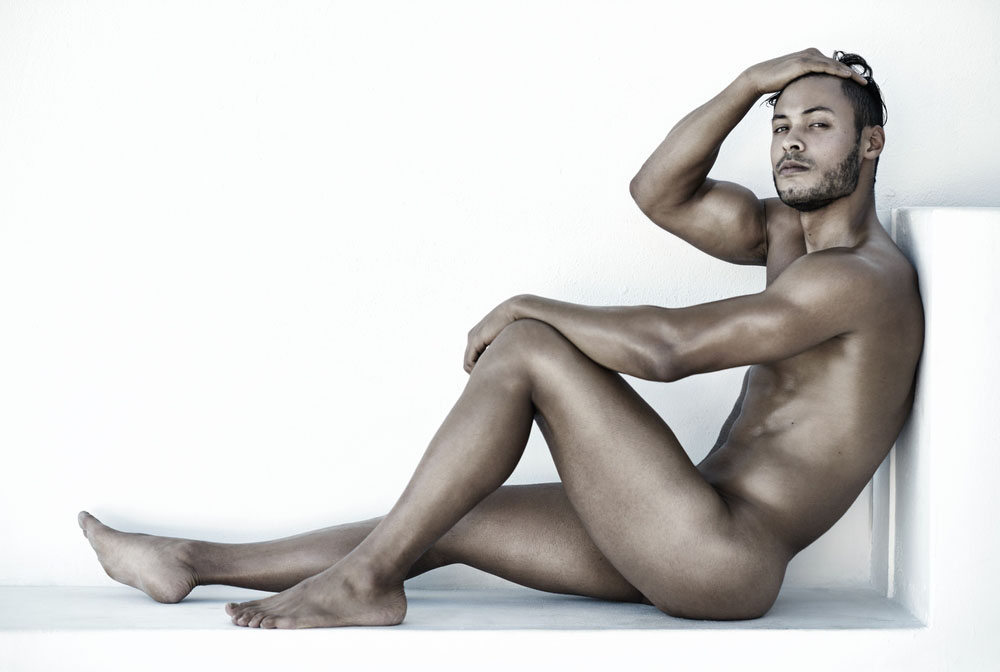
Photo by PeopleImages.com – Yuri A via Shutterstock
Before breaking rules, it helps to master the basics. These classic compositional techniques are as relevant to nude photography as they are to landscape or portraiture.
Rule of Thirds
With the rule of thirds, imagine your frame divided into nine equal squares. Placing the subject along these lines, rather than dead center, often creates more dynamic and engaging compositions. In nude work, this might mean positioning the torso along one third line while leaving negative space on the opposite side to create tension.
Leading Lines
Lines naturally guide the viewer’s eyes. These might be architectural elements like doorways or staircases, or even the body itself — an outstretched arm or arched back can direct attention to the face or another part of the frame.
Symmetry and Balance
Symmetry can create a sense of harmony and timelessness, while asymmetry can add energy and intrigue. For example, a model centered in the frame with mirrored limbs might feel classical and formal, while shifting them off-balance adds dynamism.
Framing
Using natural or artificial frames helps draw attention to the subject. A window, doorway, or even the play of shadows across a wall can act as visual frames that focus the viewer’s eye on the nude figure.
Mastering these fundamentals gives you a solid toolkit. From there, you can decide when to apply them — and when breaking them serves your story better.
The Human Form as a Compositional Element
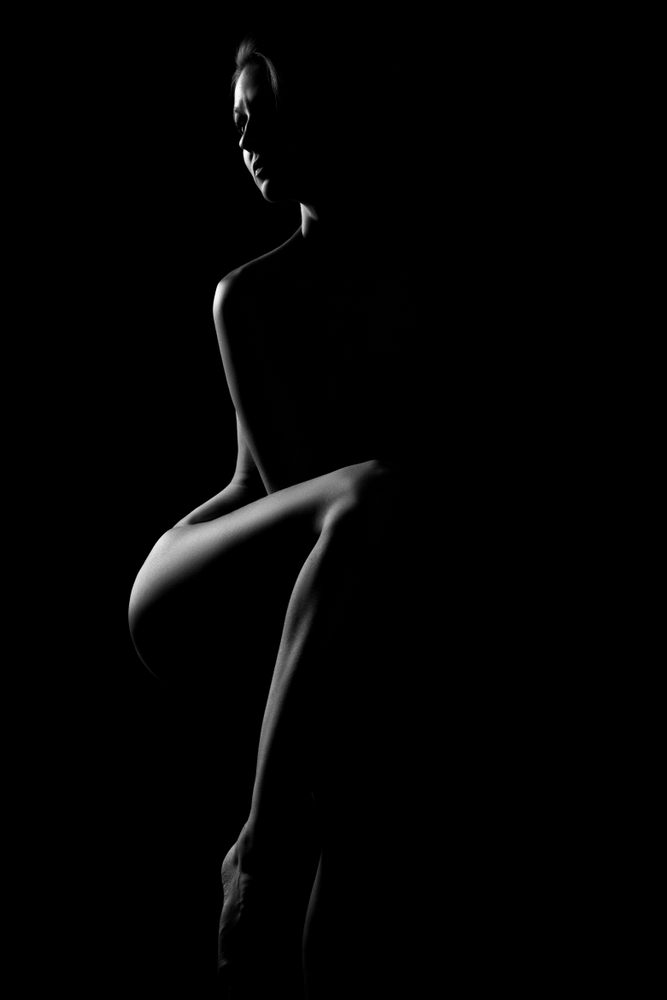
Photo by Anna_An via Shutterstock
One of the unique aspects of composition in nude photography is that the human body itself becomes the primary visual element. Think of it as both subject and design.
Curves and Lines: The body offers endless shapes. A curled posture creates soft, circular forms that suggest vulnerability, while angular poses create sharp lines that feel bold and confrontational. Use the body’s shape as a compositional tool whether you’re undertaking nude photography with a female model or male nude photography.
Texture: Skin, hair, and muscle definition add visual layers. Lighting can emphasize these textures to highlight strength or softness.
Cropping the Body: You don’t always need to show the entire figure. Close-ups of a hand, shoulder, or back can suggest intimacy and mystery. Sometimes what you leave out tells more than what you include.
Negative Space: How the body interacts with empty areas in the frame is just as important as the body itself. A small figure against a vast empty background might communicate isolation, while filling the frame with the body feels immediate and immersive.
By thinking of the body as shape and design — not just anatomy — you gain more freedom to experiment artistically.
Perspective and Camera Angles
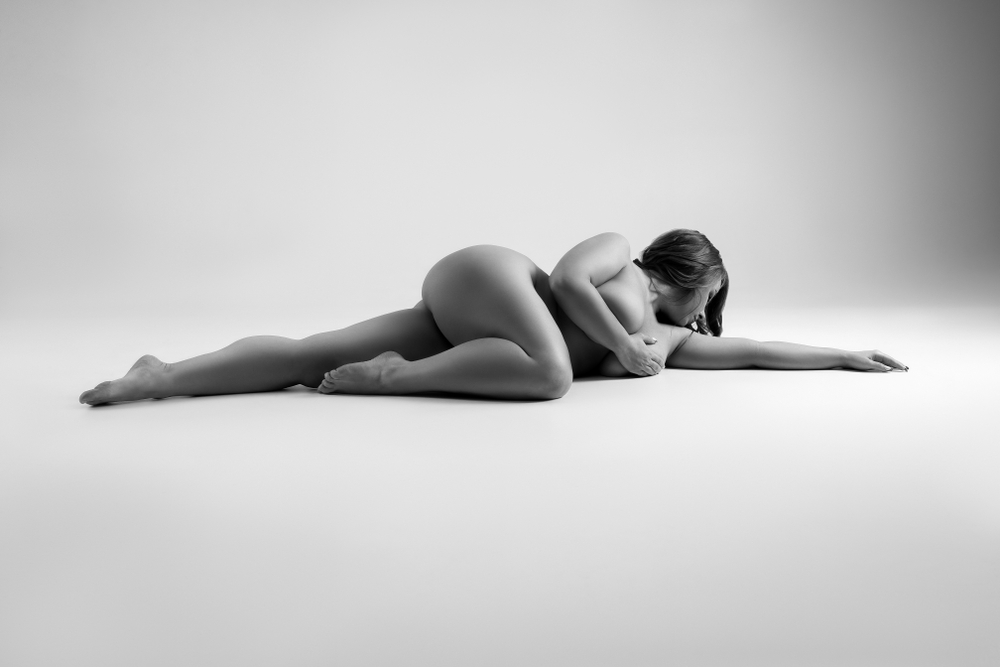
Photo by staras via Shutterstock
Where you place the camera dramatically influences how the viewer perceives the subject.
High Angles: Shooting from above can make the model seem smaller, evoking vulnerability or softness.
Low Angles: Shooting from below tends to emphasize power, dominance, or grandeur.
Close-Up vs. Wide: A tight crop on the torso or face creates intimacy, while wide shots place the body in context with its environment.
Diagonal or Tilted Angles: Tilting the camera or composing along diagonals can create energy, tension, or a sense of unease.
The key for composition in nude art photography is consistency — the angle should serve the narrative, not feel like a gimmick. If your story is about strength, low angles and strong lines might be appropriate. If it’s about introspection, a higher perspective and more space may communicate that better.
Light and Shadow as Compositional Tools
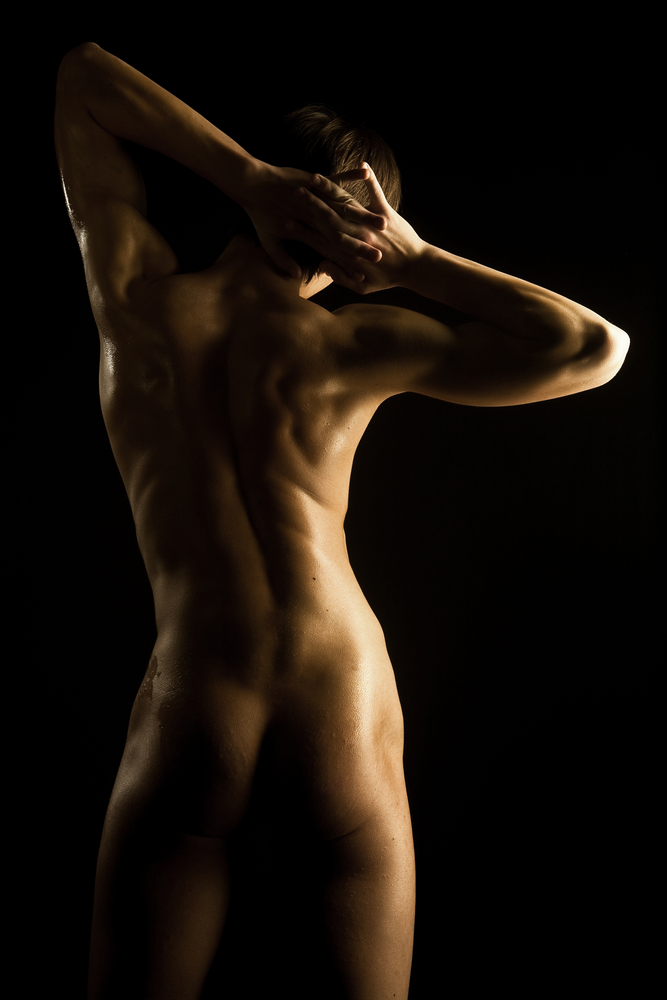
Photo by Raisa Kanareva via Shutterstock
Lighting isn’t just technical — it’s compositional. Where the light falls, and where it doesn’t, shapes the entire story.
Side Lighting: Creates depth and texture, emphasizing muscle tone or curves.
Front Lighting: Softens details, creating clarity and honesty.
Backlighting: Produces silhouettes that reduce the body to shape and outline, perfect for abstraction.
Shadows: Not just absence of light, but active compositional elements. A cast shadow can create secondary shapes or add layers of meaning.
High-contrast lighting emphasizes drama and strength, while soft gradients feel intimate and gentle. Color temperature also matters: cool tones suggest detachment, while warm tones suggest closeness or passion.
Composition in Nude Art Photography: Backgrounds, Props, and Environment
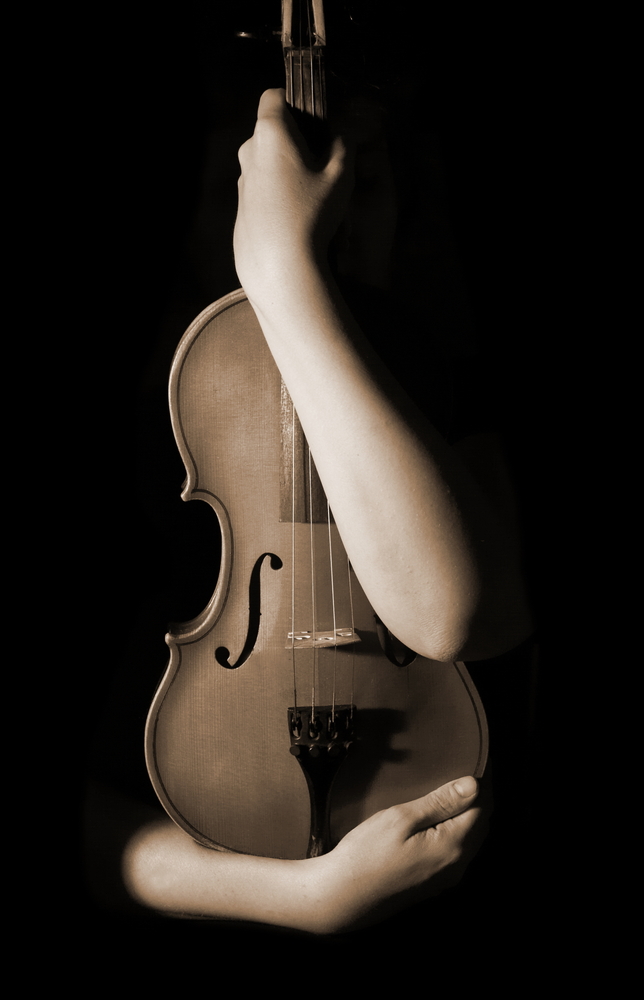
Photo by SJ Travel Photo and Video via Shutterstock
The background is often overlooked, but it plays a huge role in composition.
Minimalism: A plain wall or backdrop directs full attention to the body.
Textures: Stone, wood, or fabric provide contrast and visual interest without overwhelming the subject.
Props: Simple additions like a chair, sheet, or mirror can shape narrative and composition.
Outdoor Settings: Placing the nude body in natural environments like forests, beaches, or deserts adds context. A lone figure in a vast landscape communicates different emotions than the same figure in a tight studio.
Every background choice is part of the story. Keep asking: does this support the composition, or distract from it?
Advanced Techniques: Rhythm, Repetition, and Abstraction
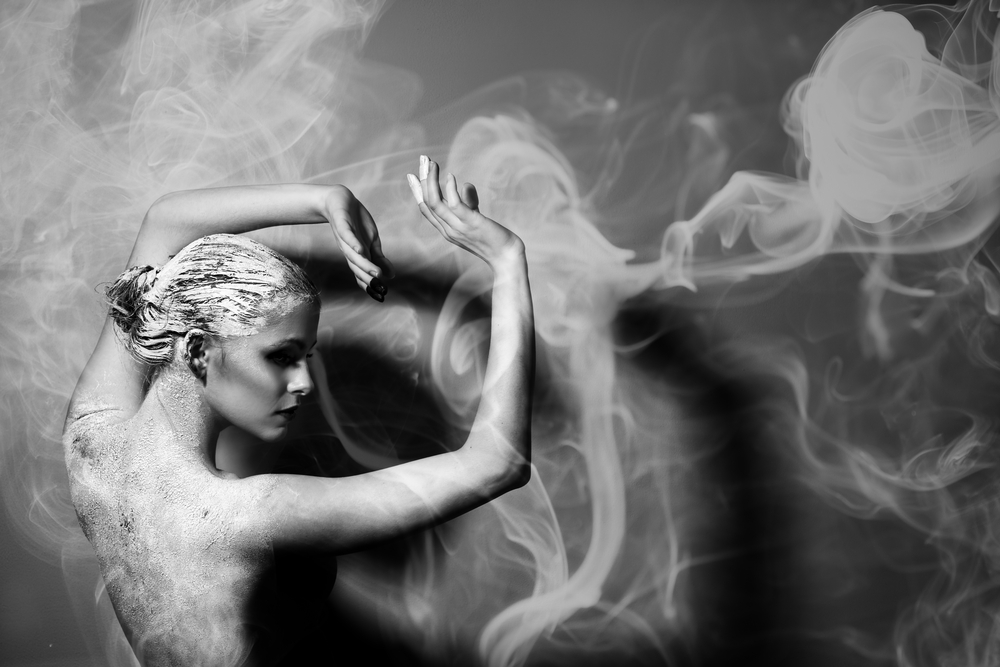
Photo by staras via Shutterstock
Once you’ve mastered the basics of composition in nude art photography, you can begin experimenting with more advanced compositional ideas.
Rhythm: Repeating curves of limbs or shadows create visual flow that guides the viewer’s eye.
Repetition: Mirrors, reflections, or multiple bodies can form patterns that feel hypnotic.
Abstraction: Extreme cropping or posing so that the body becomes unrecognizable as a figure, instead appearing as lines, shapes, or textures.
These techniques often blur the line between photography and fine art. They invite viewers to see the nude form not just as a person, but as design and symbol.
Symbolism and Emotional Composition

Photo by Kiselev Andrey Valerevich via Shutterstock
Composition in nude art photography isn’t just technical — it carries emotional weight. How you arrange the subject communicates meaning.
Vulnerability: A small figure surrounded by empty space.
Strength: A body filling the frame, photographed from below.
Isolation: A subject turned away, placed at the edge of the frame.
Intimacy: A tight crop with soft lighting and gentle lines.
Props and environment can add symbolic layers too. A mirror might symbolize self-reflection, while water suggests cleansing or transformation. The trick is to use symbolism thoughtfully, not force it.
Ethical Considerations in Compositional Choices
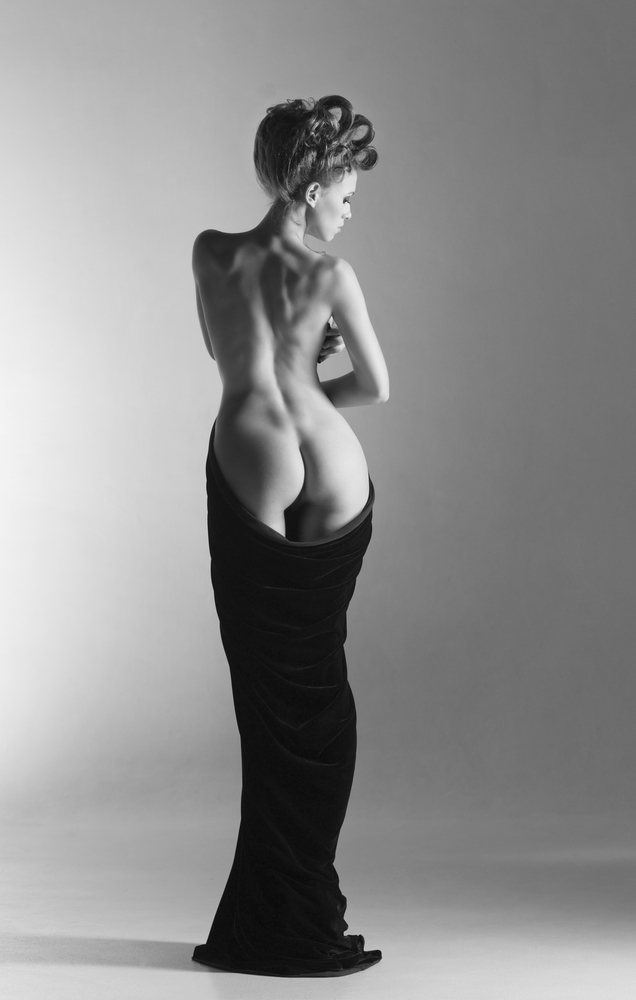
Photo by RazoomGame via Shutterstock
Composition isn’t just aesthetic — it’s ethical. How you frame and crop a nude body can either respect or objectify the subject.
For example, cropping out the face entirely might dehumanize if done without consent or clear artistic purpose. On the other hand, it might protect identity or emphasize universal themes if agreed upon with the model.
The best practice is open communication. Discuss your vision with the model beforehand, explain your compositional intentions, and make sure they’re comfortable with how their body will be portrayed. Ethical practices in nude photography not only protect your subject — they strengthen your credibility as an artist.
Composition in Nude Art Photography: Post-Processing and Refinement
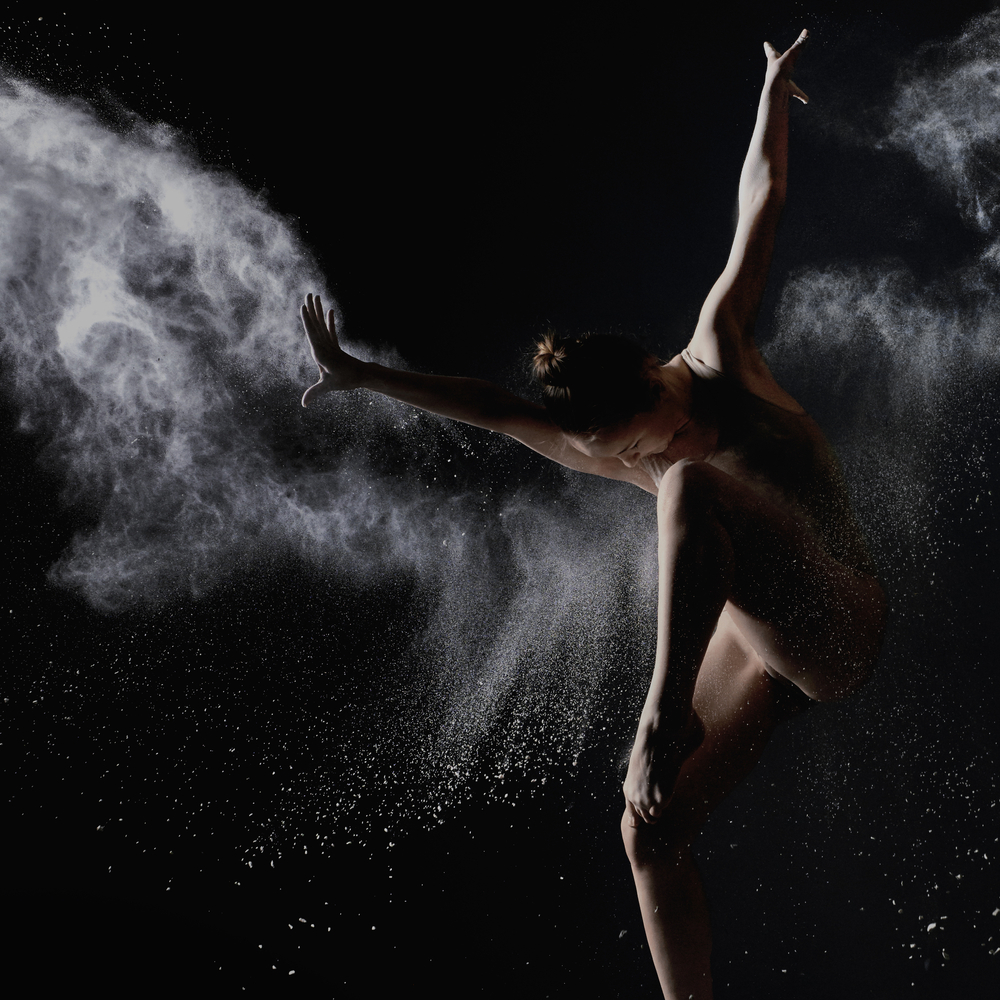
Photo by Guryanov Andrey via Shutterstock
Editing is the final stage of composition.
Cropping: Sometimes an image reveals its best composition after the fact. Don’t be afraid to reframe in post.
Contrast and Tone: Adjustments here can emphasize the flow of lines and curves.
Color Grading: Warm tones enhance intimacy, while cooler ones create distance.
Series and Sequencing: In galleries or portfolios, arranging images in sequence creates rhythm and narrative across multiple frames.
The rule here is the same as in shooting: edits should serve the story, not overshadow it. Avoid heavy retouching that distorts body features unless it’s intentional abstraction.
Case Studies and Inspiration
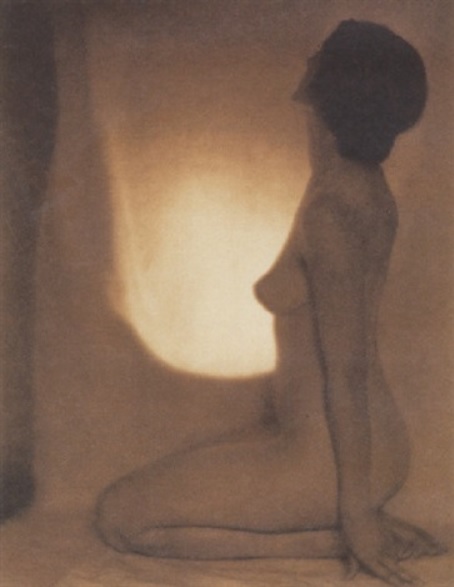
Edward Weston, Public domain, via Wikimedia Commons
Many of the greatest nude art photographers are remembered not just for their subject matter, but for their mastery of composition.
Edward Weston: Famous for his simple, organic compositions. His images reduced the body to shapes and forms that echoed natural landscapes, creating timeless abstractions.
Ruth Bernhard: Known for sculptural lighting and elegant composition, often highlighting the female form as both powerful and graceful.
Robert Mapplethorpe: His stark black-and-white images relied on symmetry, bold framing, and contrast to create iconic and often controversial work.
Contemporary Artists: Modern nude photographers are exploring inclusivity, body positivity, and diverse narratives, using composition to highlight individuality and identity rather than idealized form.
Studying these artists reveals that while their styles differ, their command of composition is what elevates their work.
The Invisible Language of Nude Art Photography
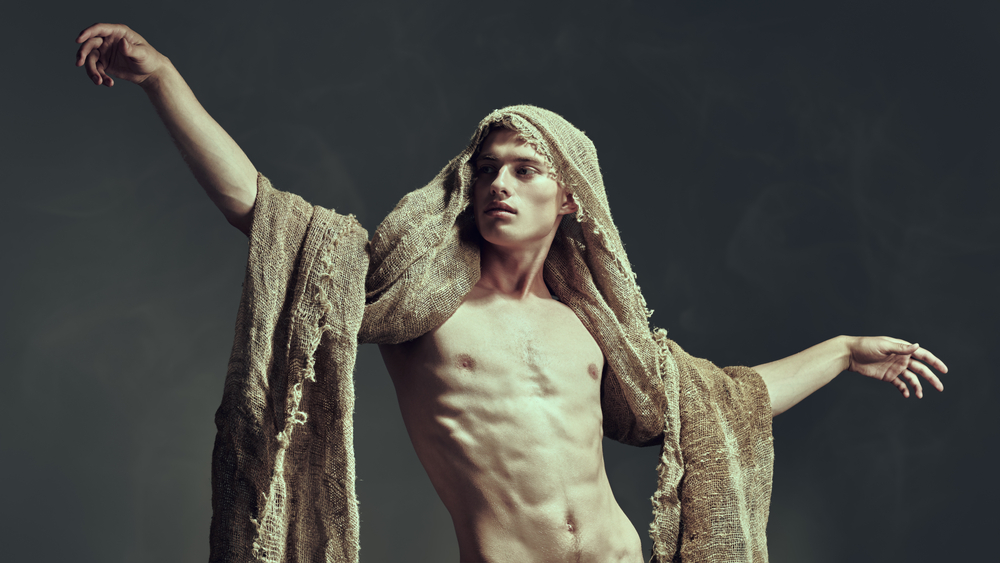
Photo by Kiselev Andrey Valerevich via Shutterstock
Composition is the invisible language of nude art photography. It’s what transforms an image from a simple depiction of the body into art that resonates emotionally and visually. By mastering fundamentals like balance, framing, and leading lines, then exploring advanced concepts like rhythm, abstraction, and symbolism, you gain the tools to tell richer stories with your images.
But composition is more than technical rules. It’s about intent, emotion, and respect. Every choice you make — where you place the body, how you use light, what you include or exclude — shapes not just the photograph, but the way the subject is perceived.
For beginner nude photographers, the best advice is to start simple. Practice with basic rules, analyze the work of masters, and gradually experiment with breaking conventions. Over time, you’ll find your own voice — one that uses composition not just to frame bodies, but to tell stories that last.
At its best, nude art photography isn’t about nudity at all. It’s about humanity. And composition is the language that makes that humanity visible.
Frequently Asked Questions
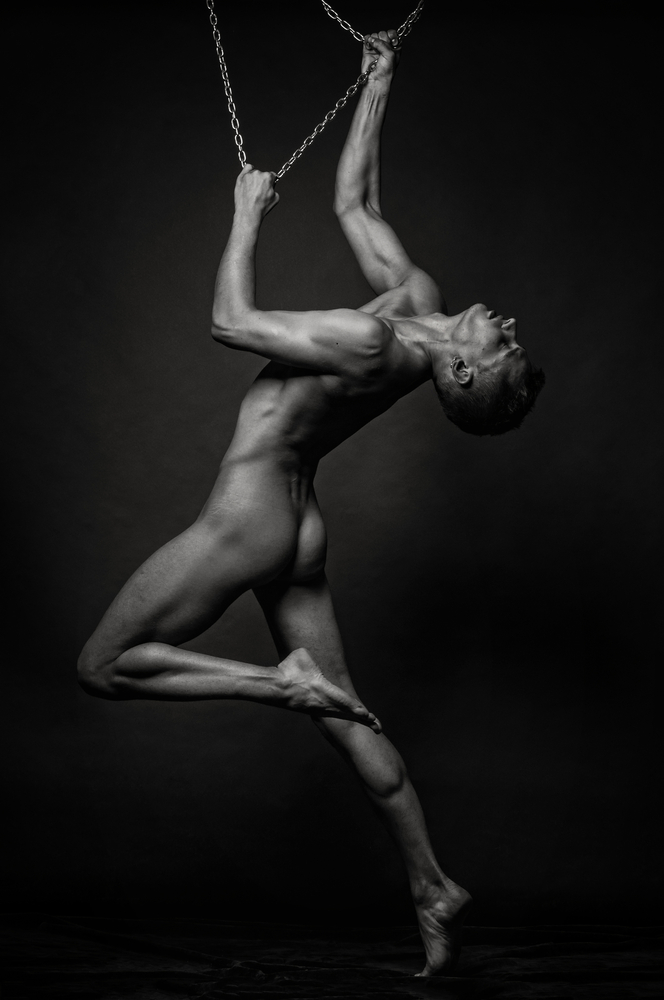
Photo by Alenavlad via Shutterstock
What’s the most important compositional rule for beginners in nude photography?
Start with the rule of thirds and intentional negative space. These fundamentals help you move beyond centering the subject and create more dynamic, thoughtful compositions that guide the viewer’s eye effectively.
How do I know when to break compositional rules?
Break rules when they serve your artistic vision. Master the fundamentals first, then experiment when you have a clear reason—such as creating tension, emphasizing isolation, or challenging viewer expectations. The break should feel intentional, not accidental.
What’s the difference between objectifying and artistic composition?
Artistic composition treats the subject as a whole person with agency and dignity, while objectifying composition reduces them to body parts or sexual objects. Always maintain open communication with your model and ensure your compositional choices respect their comfort and consent.
How can I use lighting to improve my compositions?
Think of light and shadow as compositional elements, not just technical tools. Side lighting creates depth and texture, backlighting produces dramatic silhouettes, and the direction of light can guide the viewer’s eye through the frame just like leading lines do.
Should I always show the model’s face in nude photography?
Not necessarily. Cropping out the face can create anonymity, universality, or focus attention on form and emotion. However, this choice should be discussed with your model beforehand and serve a clear artistic purpose rather than being an afterthought.
What’s the best way to practice compositional techniques?
Study master photographers, practice with clothed portraits first to understand body positioning, and experiment with different crops of the same image in post-processing. Start with simple compositions and gradually incorporate more advanced techniques as you develop your eye.
How do I choose appropriate backgrounds for nude photography?
Your background should support, not compete with, your subject. Minimalist backgrounds focus attention on the body, while textured or environmental backgrounds can add narrative context. Always ask whether the background enhances your compositional story or distracts from it.
What role does post-processing play in composition?
Post-processing is the final stage of composition. You can refine crops, adjust contrast to emphasize lines and curves, and use color grading to enhance mood. However, editing should serve your original vision rather than trying to fix poor composition after the fact.
Hero photo by Prostock-studio via Shutterstock

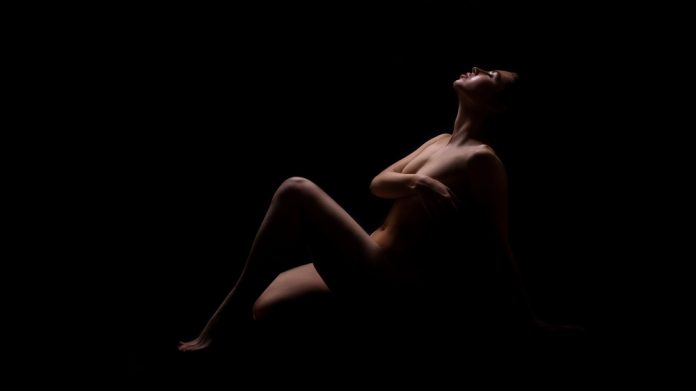
FB URL Shortener
[…]below you will uncover the link to some web sites that we think you need to visit[…]